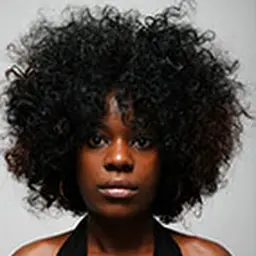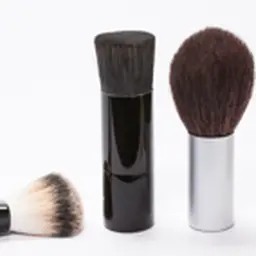
Oily skins and combination skins, young or mature, display very specific characteristics. When looking for the most suitable cosmetics, it is necessary to assess the type of your skin to choose the right cares for it. Do not make a mistake that could be detrimental to it.
A picture of an oily skin
At first sight, it seems thick, sometimes dull, and even greyish. Even after several refreshing sleeps.
Its pores are dilated and generously display spots, blackheads, even acne …
Above all, an oily skin is constantly glistening, as if covered with oil. Its sebaceous glands produce a lot of sebum, designed to protect the skin from outer aggressions. In such a situation, sebum tends to impair its « respiration » and to make it truly oily, visibly and to the touch, especially on the T-zone (forehead, nose, mouth outlines, and chin).
Its characteristics mainly deal with the face, though they could also be seen on the top of the back and of the torso, and quite often on the scalp. Then, it leads to glistening, heavy, sticky hair, which always seems dirt, even the day after, or some hours after a shampooing. This is not the best way for a sexy look, indeed!
It is a symbol of teenage, but it does not affect teenagers only, and one must deal with, sometimes all one’s life long.
Its bright side is, it is especially resistant to aggressions and poorly sensitive to any kind of irritations. Quite …













